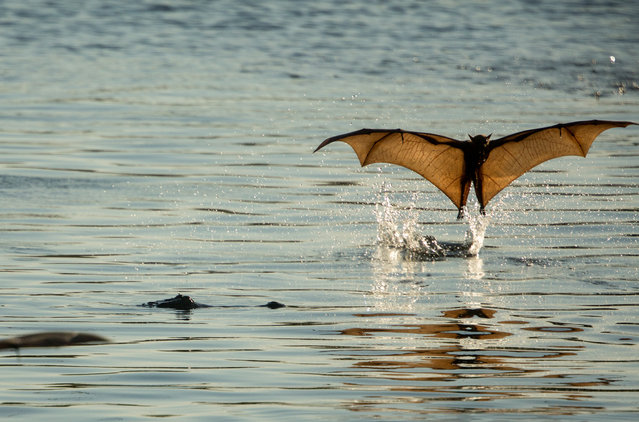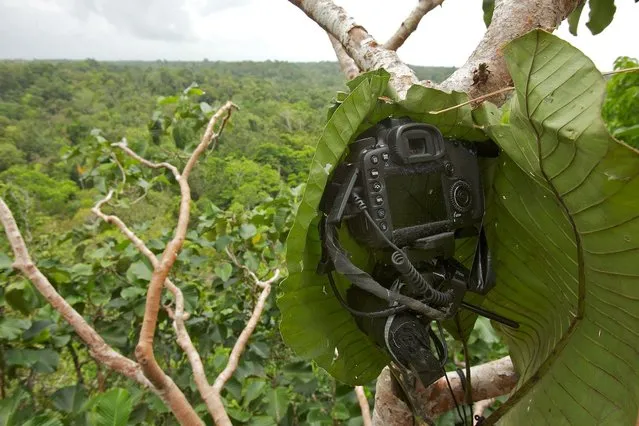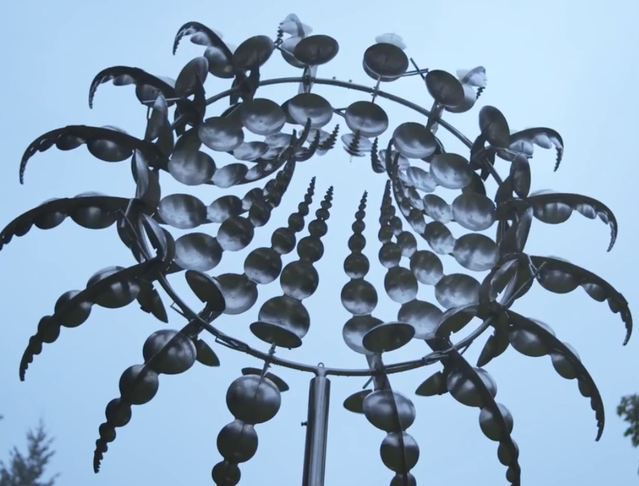
“Kimberly Noel “Kim” Kardashian (born October 21, 1980) is an American socialite, television personality, actress, model, and recording artist. She is the daughter of late attorney Robert Kardashian, and is known for a s*x tape with her former boyfriend Ray J as well as her E! reality series which she shares with her family, Keeping Up with the Kardashians. Kardashian's prominence has increased as of January 2011 with the premiere of Kourtney and Kim Take New York, the second spin-off of Keeping Up with the Kardashians (the first being Kourtney and Khloe Take Miami), debuting on E!, with the series following Kim and sister Kourtney Kardashian as they leave Los Angeles to open a third D-A-S-H store in New York City.
Kardashian has launched multiple fragrances, guest starred on numerous shows, competed on ABC's Dancing with the Stars, and has had roles in movies such as Disaster Movie and Deep in the Valley. In 2010, Kardashian, along with her sisters Kourtney and Khloe, released an autobiography, Kardashian Konfidential, and plan to launch their own fashion line”.
Photo: Socialite Kim Kardashian blows out her birthday cake candles at her birthday party at Les Deux on October 21, 2007 in Los Angeles, California. (Photo by Noel Vasquez/Getty Images). LOS ANGELES, CA – OCTOBER 21








